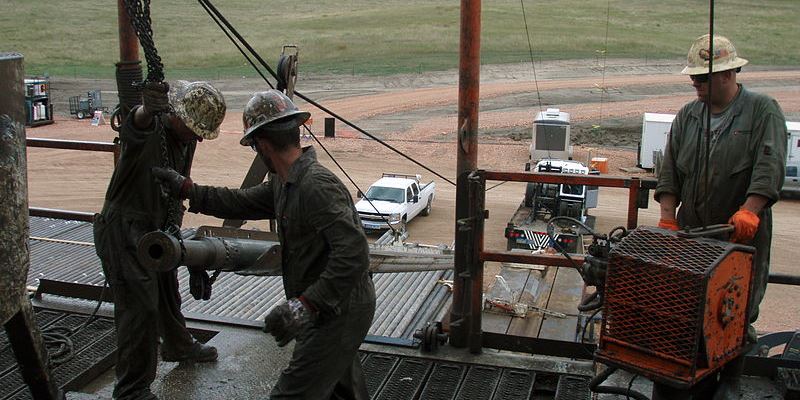Innovation provides bright sparks for Alberta’s future

It has long been observed that the inherent value in Alberta’s bitumen deposits is too large for it to stay in the ground, no matter the fervour of activists or transient declines in oil prices. Even Prime Minister Trudeau notes the oil will move, if not by pipeline (the safest method) but by rail (still safe, but slightly riskier and higher in costs).
But there are a pair of bright sparks on the oil-by-rail horizon. CN Rail has been working on a safer and happily less-expensive way to ship bitumen by rail in a solid form called CanaPux—basically solidified bitumen wrapped in a recycled plastic coating. The pucks are non-flammable and would float on water so could be easily reclaimed if a rail car goes off the tracks. Best of all, the pucks can be transported in regular rail freight cars, which are much less expensive than the heavily reinforced rail cars currently used to ship diluted bitumen.
Also, taking the diluent out of the equation is another cost-saving opportunity to allow Canadian producers to realize higher returns on investment. One estimate suggests that switching to pucks could reduce shipping costs by $15 per barrel while diverting plastic from Alberta’s landfills.
Recently, CN Rail and Wapahki Energy Ltd agreed to co-fund a $50 million facility that could turn 10,000 barrels of bitumen per day into CanaPux. One railway “hopper” car could carry 650 barrels of oil in puck form, while current bitumen tanker cars can only carry 500 barrels. Standard railway hopper cars cost only $350 per month to lease compared to $3,500 per month for a tanker car.
Another promising technology is being developed at the University of Calgary; the result of a happy accident where bitumen was made into dense balls with an impervious coating. These little pellets will also float on water and are highly stable over a broad range of temperatures. They also come with their own diluent when it’s time to reconstitute them—light oil, produced as a side product of the pelletization process, which can be shipped with the pellets to be reconstituted at their destination for refining, then used for road paving with asphalt.
Pelletization has a long and distinguished history in iron transport, plastic pellets, wood pellets, animal feed, limestone, medicines and soon, it would seem, bitumen pellets or pucks. Pelletizing makes products easier and safer to move, and easier to feed into facilities that want to process them into other things.
It’s ironic, but opposition to pipelines may be spurring the very innovation that Premier Notley touts, leading to increased value-added activities in Alberta, and may allow our province to move even more of its valuable bitumen to markets where it can command the higher prices it’s currently denied because of pipeline congestion and opposition.
Alberta holds the world’s third-largest reserve of oil and has achieved its wealth and quality of life largely by producing, consuming, transforming and selling that oil. It’s vital to Alberta’s future economy that the province be able to turn its underground wealth into the above ground wealth that we’ll hand to our children and grandchildren. Alberta’s entrepreneurship and can-do spirit will make that happen, if not by pipe then by rail (and maybe pucks).
Author:
Subscribe to the Fraser Institute
Get the latest news from the Fraser Institute on the latest research studies, news and events.

